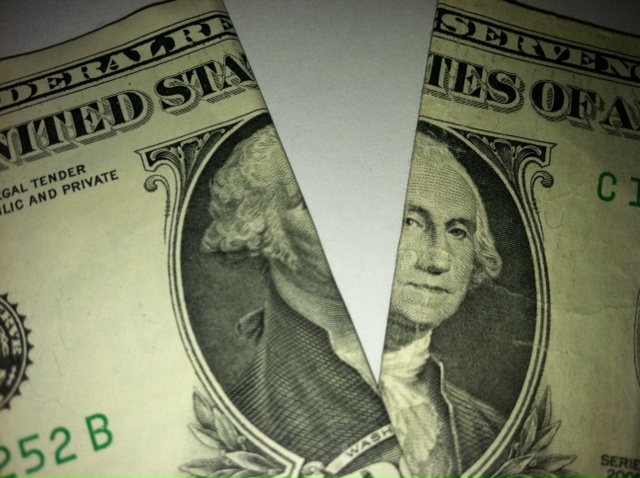Investing
A How-To Guide on the Next Big Short: Treasury Bond Market
Published:
Last Updated:
 What is the next big short? The money that was made from 2007 to 2009 on the subprime mortgage short provided some of the most staggering profits that hedge funds ever realized. Heavy hitters like John Paulson reaped huge gains, while newcomers like Kyle Bass not only had tremendous gains, but also solidified a reputation that exists to this day. Many people could see the bubble. The problem was the carry.
What is the next big short? The money that was made from 2007 to 2009 on the subprime mortgage short provided some of the most staggering profits that hedge funds ever realized. Heavy hitters like John Paulson reaped huge gains, while newcomers like Kyle Bass not only had tremendous gains, but also solidified a reputation that exists to this day. Many people could see the bubble. The problem was the carry.
To be short the subprime market you had to be long the credit default swap (CDS) market. Essentially being long the “insurance” that was being sold. But like any insurance policy, that requires payment of the CDS “fee,” or spread to the issuer. Many people recognized the bubble, but too soon, a few as early as late 2005 and early 2006. Some got pushed out of the trade when the cost to carry overran their ability to fund. Which brings us to the biggest trade since the subprime short — the U.S. Treasury bond short.
Sure everybody can see it. The Treasury market has rallied for almost 30 years. Pushing yields from Paul Volcker highs of 16%+ on the long bond and Fed funds at 21.5% to lows of 2.45% on the long bond and 0.18 basis points on Fed funds back in July of this year. Selling off back to the 16% level is all but impossible. But a move back up to a 4%, 5%, 6% or even 7% yield in Treasury notes and bonds is not out of the question at all. Again, the vexing question is when.
The Federal Reserve, led by Chairman Ben Bernanke, has said they will keep rates low until as late as 2015. That may be more of a threat than a promise. So how does one put the trade on? Buying intermediate-dated Treasury inflation protected securities (TIPS) may be one idea. The logic is that rising interest rates will portend rising inflation, which will increase the value of the bonds. This may be the safest way to play the trade, especially owning TIPS that mature in 2019 or later.
But shorting the actual bonds, or an ETF like iShares Barclays 20+ Year Treasury Bond (NYSEMKT: TLT) or Vanguard Long-Term Government Bond Index (NASDAQ: VGLT), may prove to be very painful. Short of a world disaster, the 2.45% low last July may very well be the bottom. But going sideways for two years could prove a costly carry, like the one experienced by owners of subprime CDSs in 2005 to 2007.
You can also purchase the ProShares UltraShort 20+ Year Treasury (NYSEMKT: TBT), but it has proven to be an inefficient vehicle that does not accurately track rising yields. Lastly, there is a risky way to trade the short Treasury ETF that may very well afford a profitable end. You sell short the 45 strike TBT puts that expire in January of 2015 and take in the cash proceeds. Then you give yourself a window for success, you do not have to pay the carry of actually shorting the bonds, and you are more than 20% below the current TBT price of $59.97. It is a daring play, and the TBT could get put to you, but so was shorting the subprime market when real estate seemed to be booming.
The bond guru, Bill Gross of PIMCO, has warned that the outperforming nature of bonds may have run its course. Other investors have talked about the great bull bond market rally being over as well. Stay tuned, the next big short is a trade that likely will not occur overnight and we will be offering more strategies and specifics along the way.
Lee W. Jackson
Retirement can be daunting, but it doesn’t need to be.
Imagine having an expert in your corner to help you with your financial goals. Someone to help you determine if you’re ahead, behind, or right on track. With SmartAsset, that’s not just a dream—it’s reality. This free tool connects you with pre-screened financial advisors who work in your best interests. It’s quick, it’s easy, so take the leap today and start planning smarter!
Don’t waste another minute; get started right here and help your retirement dreams become a retirement reality.
Thank you for reading! Have some feedback for us?
Contact the 24/7 Wall St. editorial team.